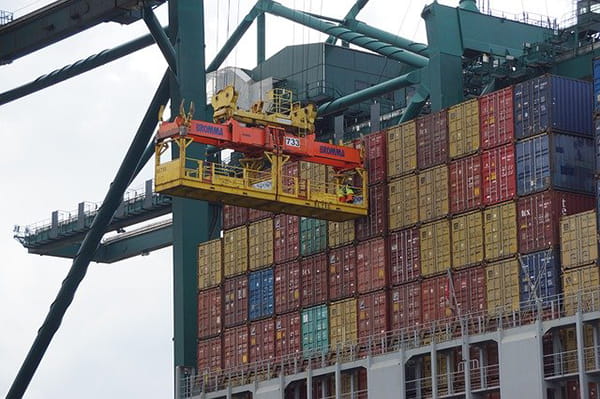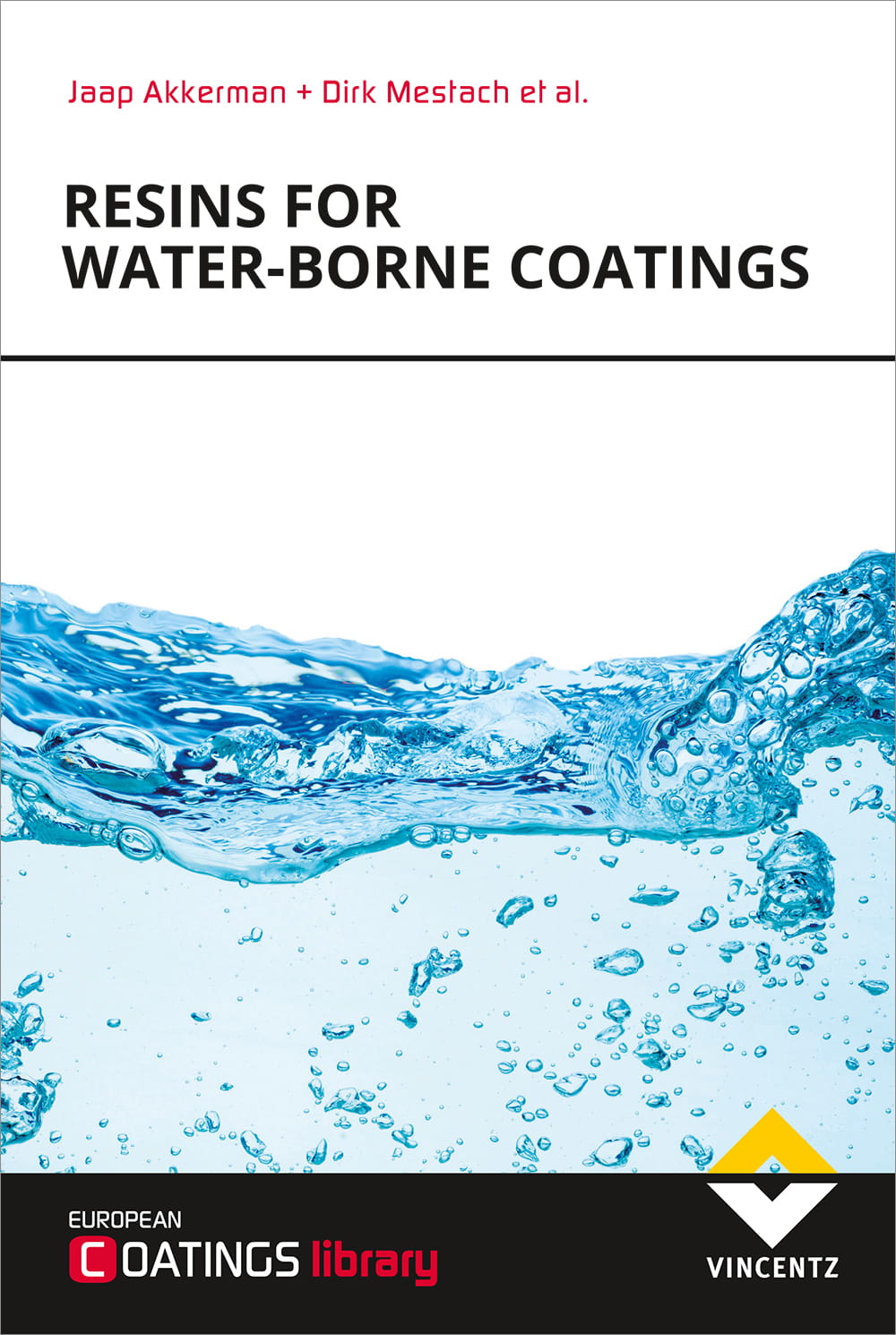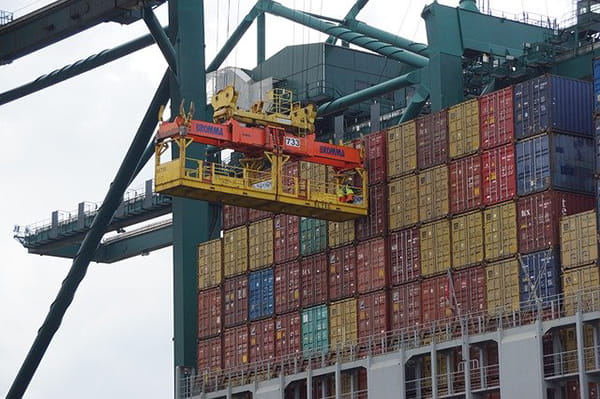14. Dec 2021
|
Markets & Companies
The European Printing Ink Association (EuPIA) points again, following a communication earlier in 2021, to an aggregation of factors, mostly triggered by the COVID-19 crisis, which are severely impacting the overall raw material supply chain.

Jet fuel costs have increased along with shipping container costs.
Image source: HesselVisser – Pixabay (symbol image).
The global economy is experiencing what most economists and supply chain experts say, is the most unprecedented supply chain volatility in recent memory. Demand for products continues to surpass supply and, as a result, global raw material and freight availability has been heavily impacted. This situation, driven by a global pandemic which continues to cause manufacturing shutdowns in many countries, was exacerbated first by a homebound consumer base purchasing more items than usual and outside of peak seasons and, second, by the revival of the economy in all regions of the world, which led to a surge in demand. Add to that a crippled supply chain, reduced production in China due to the Chinese Energy Reduction Program, and a shortage of key raw materials.
Raw Materials
Supply and demand imbalances for many critical raw materials used in the production of printing inks – vegetable oils and their derivatives, petrochemicals, pigments and Titanium Dioxide (TiO2) – are causing significant disruption to EuPIA member companies. Materials in all of these categories, to a differing extent, are seeing increased demand while supply continues to be constrained. Moreover, the demand volatility has caused increased complexity in vendors’ ability to forecast and plan shipments.
When looking at each material group, unique contributing drivers can be spotted:
- Pigments, including TiO2, have surged recently due to increased demand and factory shutdowns in China caused by the Chinese Energy Reduction Program. TiO2 has seen increased demand for architectural paints and wind turbine production.
- The supply of organic vegetable oils has been affected by unfavourable weather conditions in the U.S. and Latin America – at a time when Chinese imports and consumption of this raw material category has increased.
- Petrochemicals – UV, polyurethane & acrylic resins and solvents – have been rising in cost since early 2020 with some of these materials having demand increases outside of normal levels.
The market has witnessed a multitude of force majeure events which have further constricted supply and exacerbated an already unstable situation. As costs continue to increase and supply continues to tighten, printing ink and coating producers are increasingly affected by immense competition for materials and resources.
Packaging, Freight & Transportation
- Packaging Materials: The industry continues to face shortages in steel for drums and High-Density Polyethylene feedstocks used for pails and jugs. Increased demand in online commerce is driving a tight supply of corrugated boxes and inserts. Material allocation, production delays, feedstock, Force Majeures, and labour shortages all contribute to packaging increases. Extraordinary demand continues to outweigh supply.
- Air and ocean freight capacity limits: The pandemic has been a catalyst for abnormal consumer purchase activity (both during and after shutdowns), causing unusual demand within multiple industries and straining both air and sea freight capacity. Jet fuel costs have increased along with shipping container costs (in some routes from Asia/Pacific to Europe and/or the United States, container costs have increased 8-10x the norm). Unusual ocean freight schedules have emerged, and freight carriers are stranded or challenged to find ports to offload containers. Ultimately, increased demand and ill prepared logistics have caused a critical shortage of freight capacity.
- Congestion at ports: Due to the coronavirus pandemic, strict health and safety measures remain in place at global ports which is affecting port capacity and throughput. The majority of ocean freight liners are missing their scheduled arrival times and ships, which do not arrive on time, experience delays as they wait for new slots to open up. This has contributed to escalating shipping costs since autumn of 2020.
- Truck driver shortages: Another contributing factor is driven by a critical shortage of truck drivers in many regions but perhaps most pronounced across Europe.

Books
Resins for Water-borne Coatings
Expand your knowledge and get fully acquainted with the various aspects of water-borne coatings – from production to properties to special features of their use!
With the slow change from solvent-borne resins and coatings to water-borne coatings “Resins for waterborne coatings” is a must-read for any formulator wanting to expand their knowledge.
The authors discuss important aspects of the “solvent-to-water-transition” of the past 40 to 50 years, take a deep dive into the key aspects and theories behind the production, properties and applications of these resins as well as providing an overview of how they are currently used in water-borne coatings.
0 Comments
You are currently not logged in
To leave a comment, please log in.
There was an error while sending your comment. Please try again.





